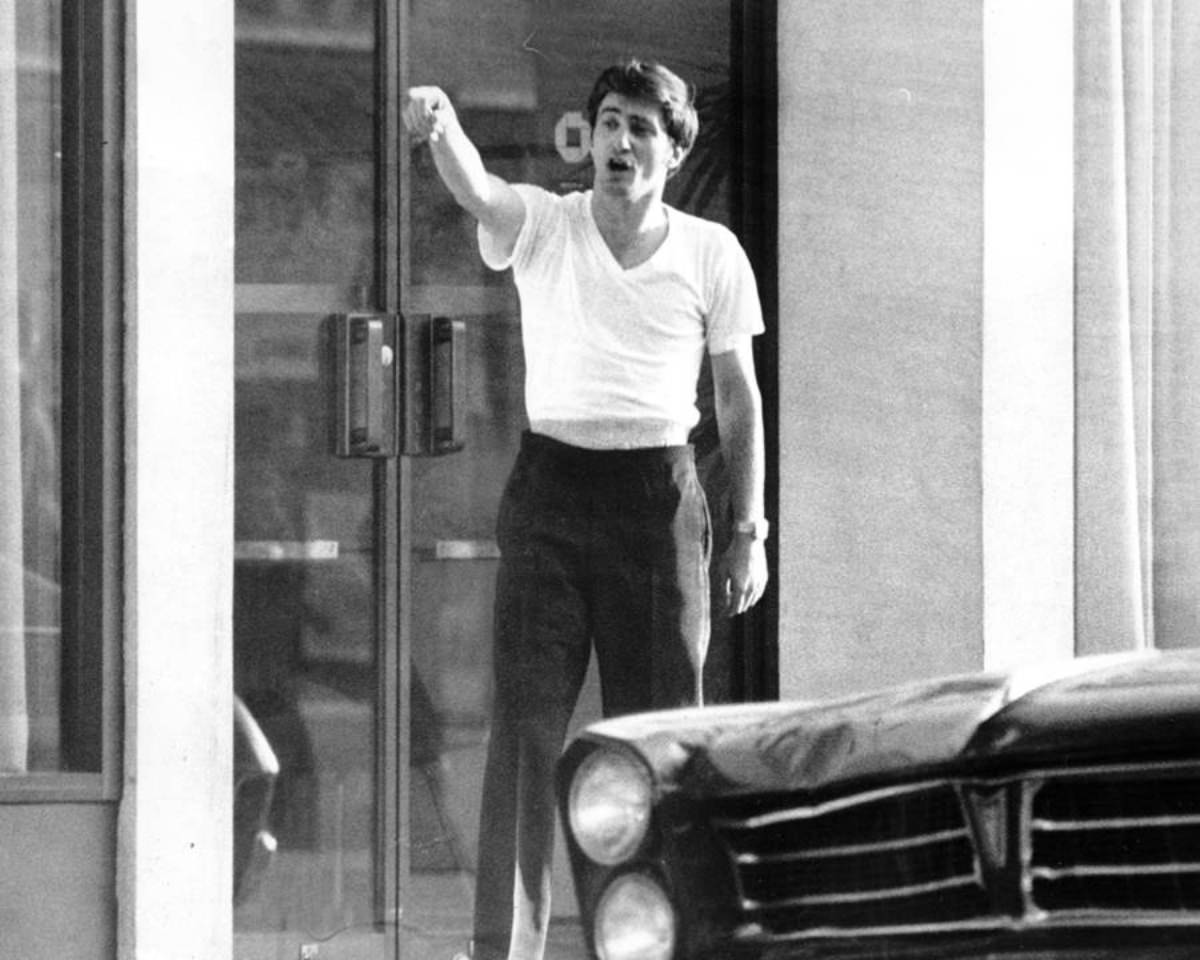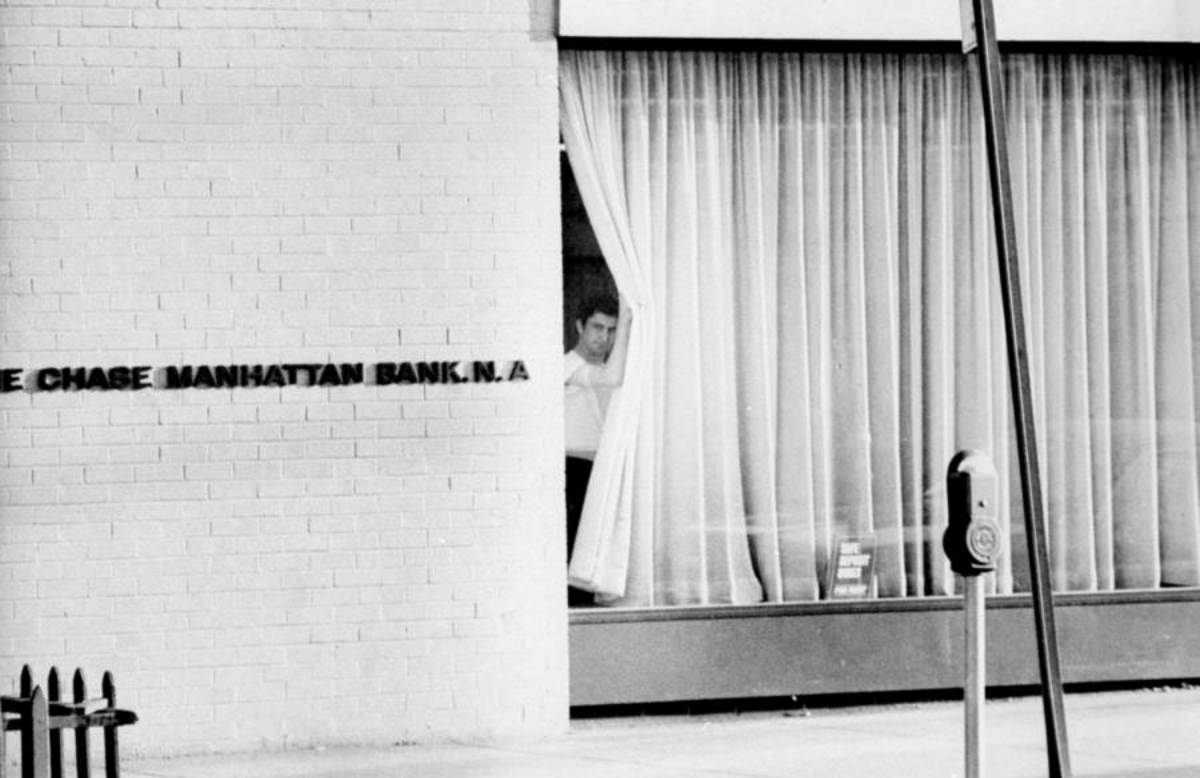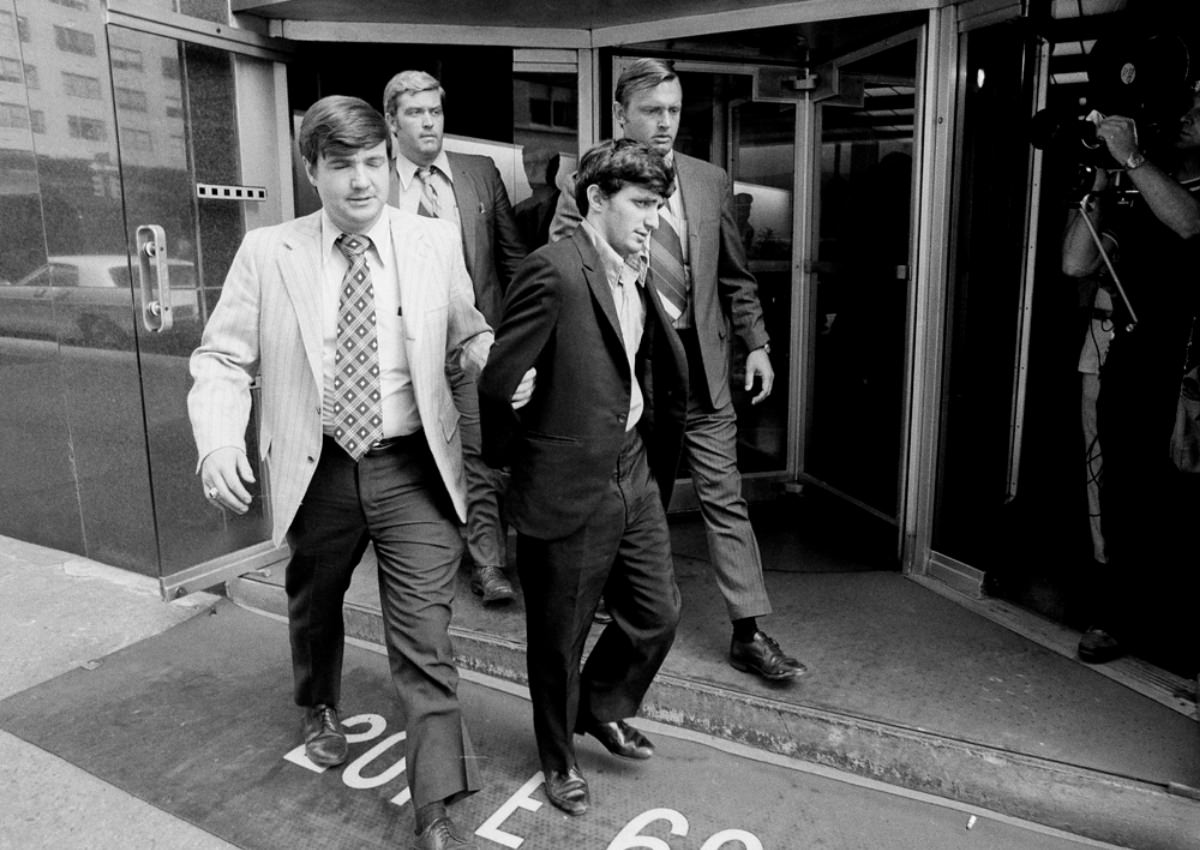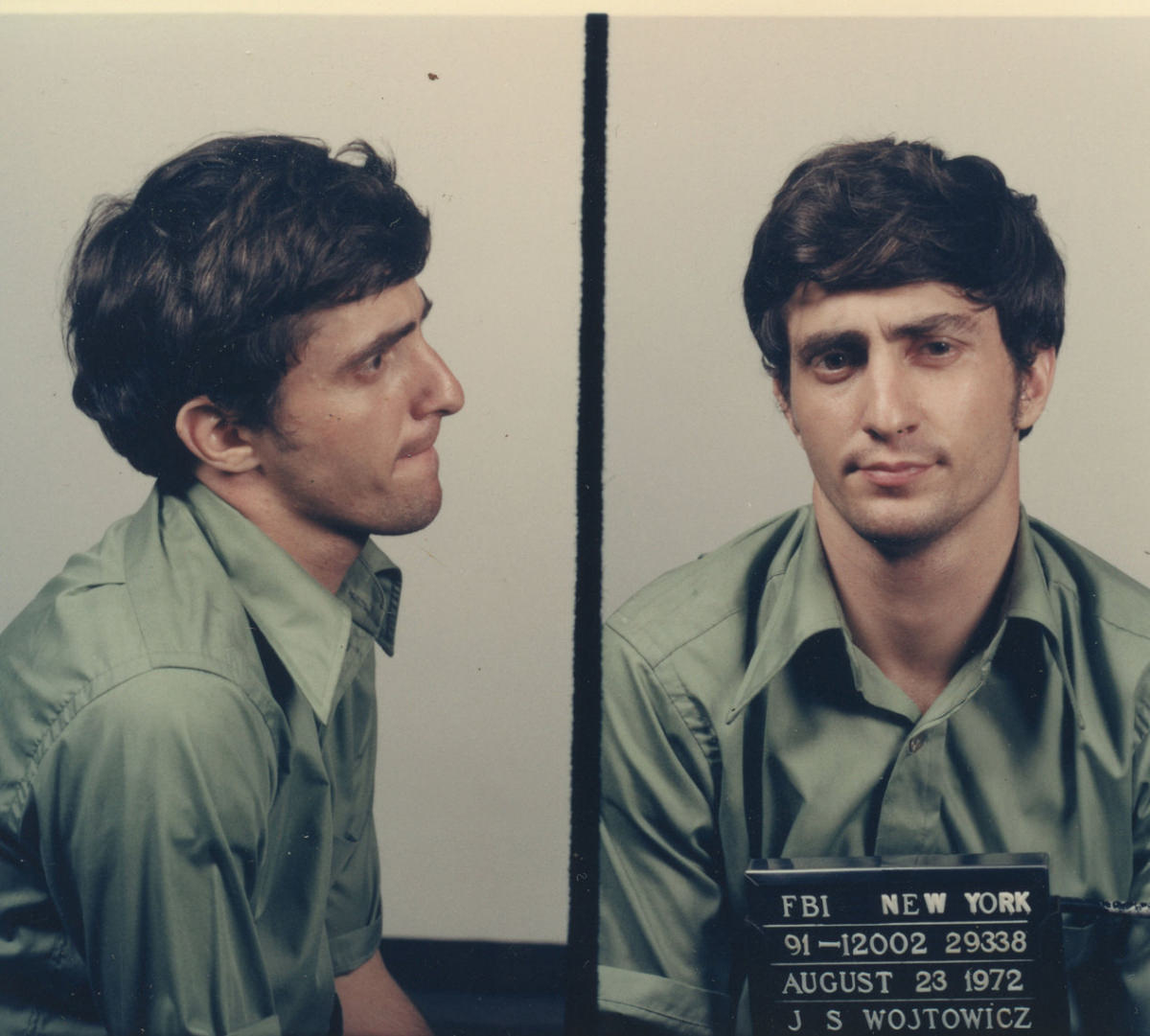In the summer of 1972, a unique and dramatic bank robbery unfolded in Brooklyn, New York. This event would later inspire the 1975 film ‘Dog Day Afternoon’. The central figure in this real-life drama was John Wojtowicz, whose actions on August 22, 1972, not only captivated the city but also made headlines across the nation. His motive for the robbery was as unconventional as the heist itself – funding his wife’s gender reassignment surgery.
Background and Motive
John Wojtowicz, a Vietnam War veteran, decided to rob a bank to secure funds for his wife Eden’s gender reassignment surgery. This personal and emotionally charged motive set apart Wojtowicz’s story from typical bank robberies. Wojtowicz’s life and relationship dynamics were complex and included elements of romance, desperation, and societal challenges faced by the LGBTQ+ community during that era.
Inspired by ‘The Godfather’
Influenced by the movie ‘The Godfather’, which Wojtowicz had watched earlier that day, he plotted to rob the Chase Manhattan bank in Gravesend, Brooklyn. His plan, however, was far from the calculated crime portrayed in the movie. Wojtowicz and his accomplices were inexperienced, and the robbery quickly spiraled out of control, leading to an intense and prolonged standoff.


As Wojtowicz and his accomplices took control of the bank, the situation escalated into a 14-hour standoff, drawing the attention of 2,000 onlookers, the FBI, police, rooftop snipers, and TV crews. Wojtowicz’s behavior during the standoff was erratic and theatrical – he engaged with the crowd, ordered pizza for the hostages, and even threw money outside, creating a spectacle that was as bizarre as it was tense.
The Failed Robbery and Arrest
Despite his efforts to manage the situation, Wojtowicz’s robbery attempt was doomed to fail. The tension peaked when he fired shots, once through the bank’s exit rear door and accidentally after dropping his rifle. The standoff ended with Wojtowicz’s arrest, and he was subsequently sentenced to 20 years in prison, of which he served five.


Wojtowicz’s unusual heist caught the attention of Hollywood, leading to the making of ‘Dog Day Afternoon’ in 1975. The film, starring Al Pacino and John Cazale – both actors from ‘The Godfather’ – dramatized Wojtowicz’s story. Wojtowicz sold the rights to his story for $7,500 and a percentage of the film’s net profits, which he gave to Eden. The movie was a critical success and remains a notable example of life inspiring art.
John Wojtowicz spent the rest of his days in New York. At one point, he even applied to work as a guard at a Chase Bank, reportedly claiming, “I’m the guy from Dog Day Afternoon, and if I’m guarding your bank, nobody’s going to rob the Dog’s bank.” They declined. He spent some of his final years on welfare before dying of cancer in 2006.


